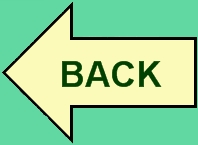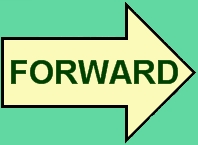[Articulating Betweenity]
In CODA, in Closing
There is a point I wanted to make in ending with this CODA, a series of short clips that commented on (and demonstrated) the complex rhetorical work of captioning, a form of translation and “a conduit of intent,” as Karl aptly and conclusively frames it, between filmmaker, film subject, captioner and audience. My point is precisely the importance of such betweenity—of conducting across and through the conduit, of reaching multiple audiences. For captioning is not just about access for deaf and hard-of-hearing people but it is now also a tool for video and film which makes it possible (with the help of digital language translators) to reach audiences far beyond those for whom the video is originally rendered. Captioning makes video instantly global.
Captioning also often makes video—via the captioned transcript made available from it—searchable for key terms that may well enable and expedite much research that needs to access video. Imagine, for a moment, if all of YouTube were captioned… and what the possibilities would be for active text search of that database! Or imagine too, if all of the transcripts of TV programs and films that were made throughout the last 20 years since the federal ADA-consistent mandate of captioning had their transcripts available through some database. Those transcripts are there (if the captioning was completed)—we’ve just never asked, let alone demanded, as a public or a research sector, that these transcripts be made available to all of us.
Captioning—once presumed and marketed as a “deaf technology”—is now far more than that. What was first developed as an access and “translation” tool for deaf and hard-of-hearing people (much as Alexander Graham Bell first conceived of the telephone!) now ripples, like sound itself, beyond the original utterance. Captioning is an articulation of access, a space of literacy, and an art, skill, and act of betweenity.

